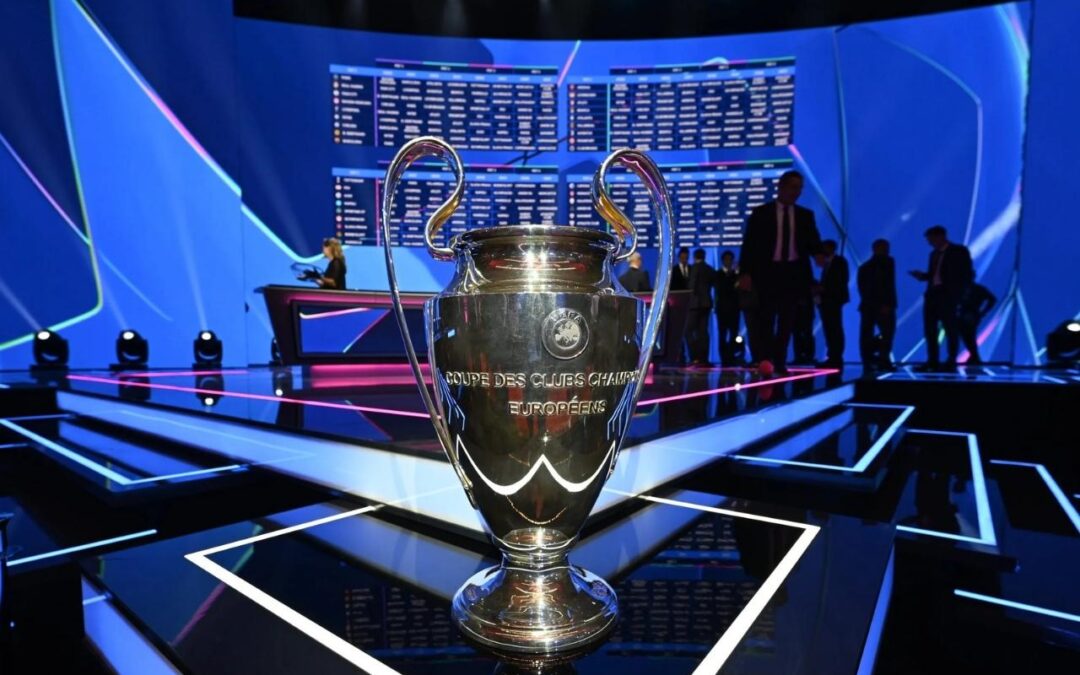The UEFA Champions League is the pinnacle of European club football, watched by millions and fought over by the continent’s best teams. But from the 2024–25 season, the tournament’s format has undergone its biggest transformation in decades and here’s everything you need to know.
What Changed and Why?
UEFA has expanded the competition to 36 teams (from the previous 32) and replaced the traditional group stage with a single league phase. The idea? To ensure:
- More competitive and meaningful matches,
- Better representation across Europe,
- More revenue and viewership from blockbuster fixtures.
This isn’t just about more games, it’s a structural shift that changes how clubs qualify, who plays whom, and how champions are ultimately crowned.
How Teams Qualify: Who Gets In?
- Domestic League Performance – Most teams qualify by finishing near the top of their national leagues.
- UEFA Coefficients – Based on historical performance in Europe by a country’s clubs. Stronger leagues get more spots.
- New Spots (4 total) – The expansion to 36 teams introduced:
- 1 extra spot for the fifth-ranked league (by coefficient),
- 1 extra spot through the Champions Path for domestic league winners,
- 2 spots via European Performance Places (to the two best-performing countries last season).
Example: If Italian clubs do exceptionally well in one season, Serie A could get an extra team the next.
The New League Phase (Goodbye, Groups!)
Instead of 8 groups of 4, all 36 teams are placed in a single league table. Each team plays:
- 8 matches (4 home, 4 away),
- Against 8 different opponents from 4 seeding pots,
- Based on a Swiss model (used in chess and eSports).
No repeats, and no easy groups, you could play Real Madrid one week and Red Star Belgrade the next.
Advancement & Knockouts: Who Moves On?
- Once all 8 matches are played, the 36 clubs are ranked in a single table.
| Rank | Outcome |
| 1–8 | Advance directly to the Round of 16 |
| 9–24 | Enter a two-legged play-off to reach Round of 16 |
| 25–36 | Eliminated from the tournament |
From the Round of 16 onward, the format is a traditional knockout two legs, home and away, until the final.
Season Calendar Snapshot
- League Phase: September – January
- Play-offs: February
- Knockouts (R16 → Final): March – May
- Final: One match at a neutral venue (2025 final is in Munich, Germany)
Key Rules & Facts at a Glance
- Teams: 36 in league phase
- Games per team: 8 (no home-and-away vs same opponent)
- New draws: Based on club coefficients 4 pots, 9 teams each
- Fairer scheduling: Strong clubs can’t all end up in the same “group” anymore
- No more Europa League drops from UCL league phase
Why This Format Matters
For top clubs like Manchester City or Real Madrid, this means tougher early fixtures and more strategy. You can’t coast through “easy groups” anymore. For smaller clubs say Union Saint-Gilloise (Belgium) or Panathinaikos (Greece) the new format gives more visibility and more opportunities to play top teams.
For fans? There are more must-watch matches, fewer dead rubbers, and higher stakes every week.
Conclusion: A New Era for European Football
The revamped UEFA Champions League format marks a bold shift in how Europe’s elite club competition unfolds. With a larger pool of teams, more high-stakes matches, and a single league table instead of traditional groups, the tournament aims to offer greater fairness, visibility, and competition.
For top clubs, this means no early room for error. For rising teams from mid-tier leagues, it’s a chance to challenge the elite on a bigger stage. For fans, every match now carries real weight there are no easy weeks in Europe anymore.
Whether this format becomes a modern classic or needs tweaks in the years to come, one thing is clear: the Champions League has entered a new era, and everyone from giants like Real Madrid to underdogs from Austria and Serbia will have to adapt to thrive.
Written by – Hubaish


